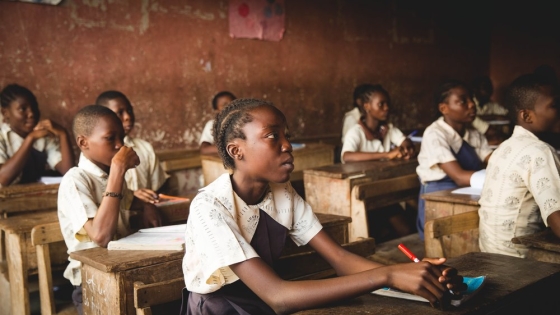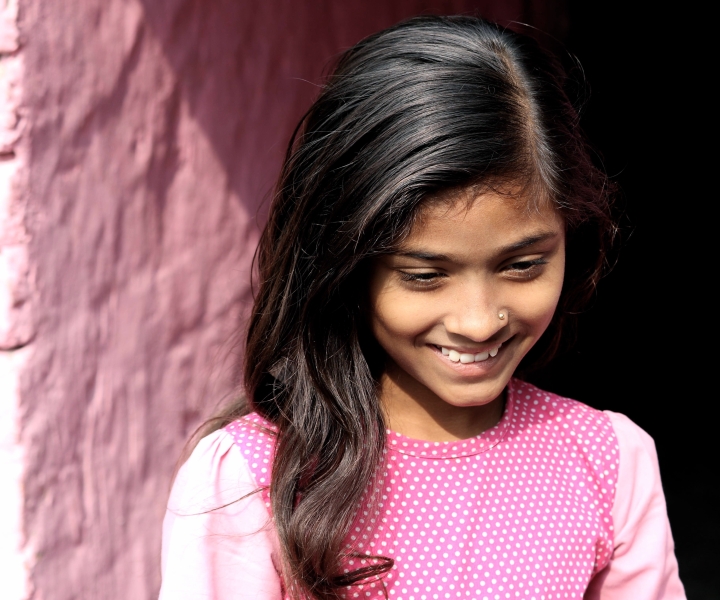About Us

Study Goals
The Global Early Adolescent Study seeks to better understand how gender socialization in early adolescence occurs around the world, and how it shapes health and wellness for individuals and their communities.
Why Early Adolescence?
The ages 10 to 14 are among the most critical for human development, yet one of the most poorly understood stages of the life course. While biological processes are universal, the social contexts within which they occur vary considerably. During this transition, young people are expected to assume socially defined gender roles that shape their future sexual and reproductive health.
A Global Perspective
A cross-cultural comparison offers a unique perspective on the commonalities and contrasts of the social processes shaping young people's health; with particular attention to the ways gender norms inform adolescent sexual and reproductive health.
The focus is on urban poor adolescents, a vulnerable and fast growing population worldwide. This data will help to inform parents, teachers, youth workers, researchers, policymakers, program implementers and youth themselves that will shape programs and services.
A Gender Focus
We are exploring young people’s perceptions of the gender norms that regulate their behavior, how they form their own beliefs about gender, and how these beliefs align with social norms in their communities.
Study Design and Objectives
Following our formative research, the GEAS launched a longitudinal study that will follow the experiences of over 15,000 adolescent boys and girls ages 10-14 years old on five continents for up to five years. The GEAS will conduct two types of research.
OBSERVATIONAL RESEARCH: GEAS sites function as observational research studies among approximately 1,400 adolescents.
These studies provide insight into the evolution o f gender norms over time and the impact of gender norms on key behavior and health outcomes.
IMPACT EVALUATION OF INTERVENTIONS: In some sites, the GEAS survey is used to evaluate the impact of interventions aimed at shifting the trajectory toward greater gender equality. Intervention sites enroll a larger sample of adolescents, equally divided into intervention and control arms.

The GEAS Survey
The GEAS survey instrument is comprised of three measures: a ten module health instrument, a vignettes-based measure of gender equality and a measure of gender norms. Together, these three components assess a range factors and outcomes in adolescence including: gendered norms and processes; adolescent empowerment; risk and protection; exposure to violence and adversity; cohesion and connectedness among peers, family, school, neighborhood, and community; and a range of health outcomes.
Vision
Our vision is to provide the evidence that will create a more gender equal world for both boys and girls around the world by:
- Understanding the evolution of gender norms through adolescence
- Exploring the influence of gender norms on health trajectories
- Investigating how these processes vary by site and change across time
- Examining how gender transformative interventions shift gender norms and shape adolescent health in the short and medium terms.

Formative Research
The GEAS formative research was completed between 2014 and 2016.
This work consisted of mixed-methods research to collect qualitative data and develop and test cross-cultural quantitative survey instruments. Research activities included:
- In-depth interviews with adolescents and caregivers were to develop a narrative revealing the ways young people navigate the social boundaries of gender norms and how these norms inform their emerging behavior and health as they enter adolescence
- Group timeline activities that illustrate adolescents’ perspectives of milestones during this period and comparisons between boys and girls
- A three-day vignettes workshop to generate scenario to be used in the vignettes-based measures of gender equality
Cross-cultural piloting and validation of the GEAS survey
